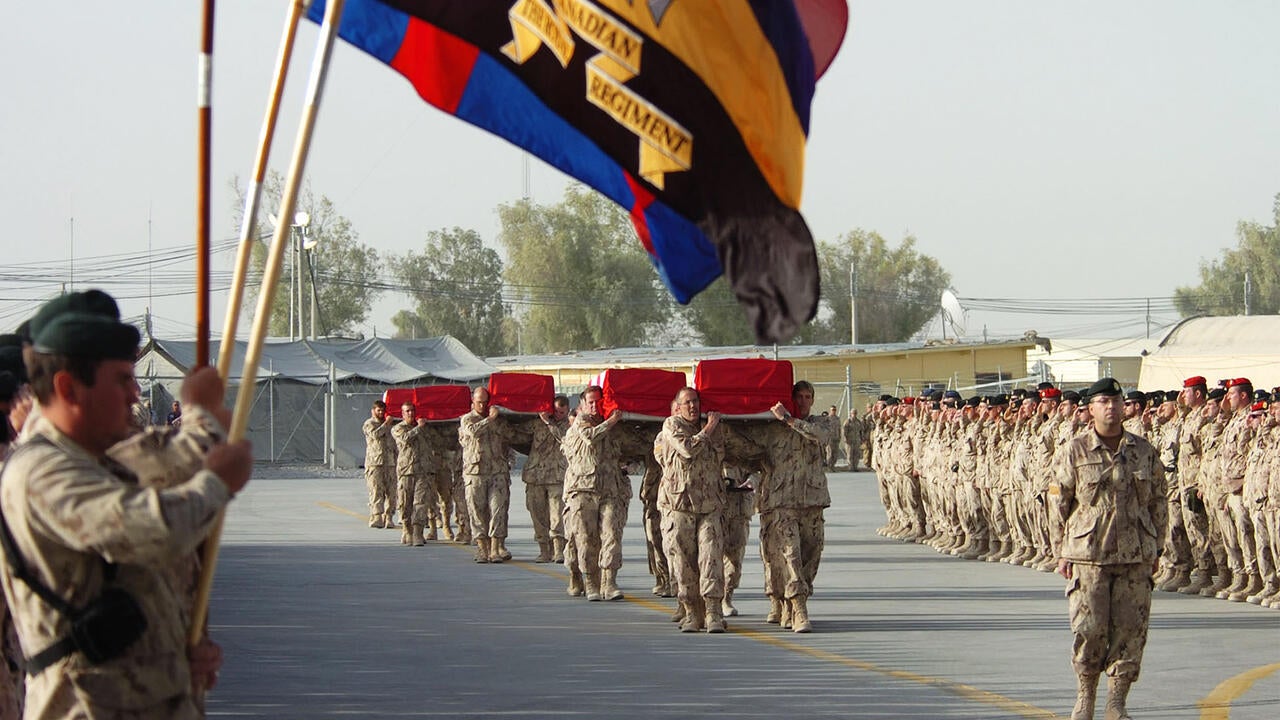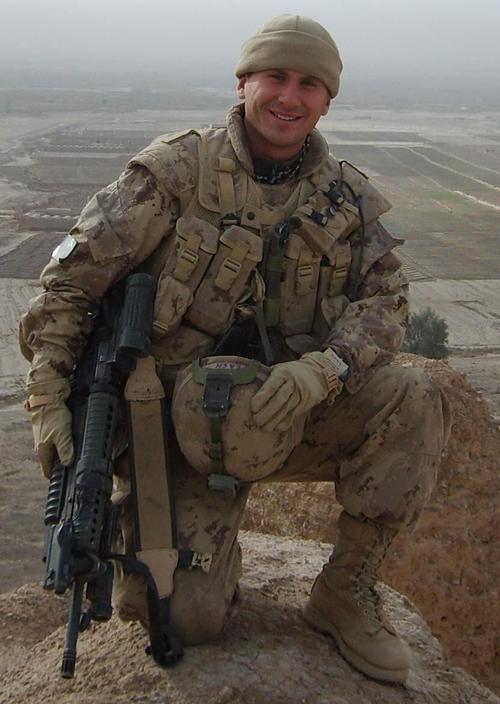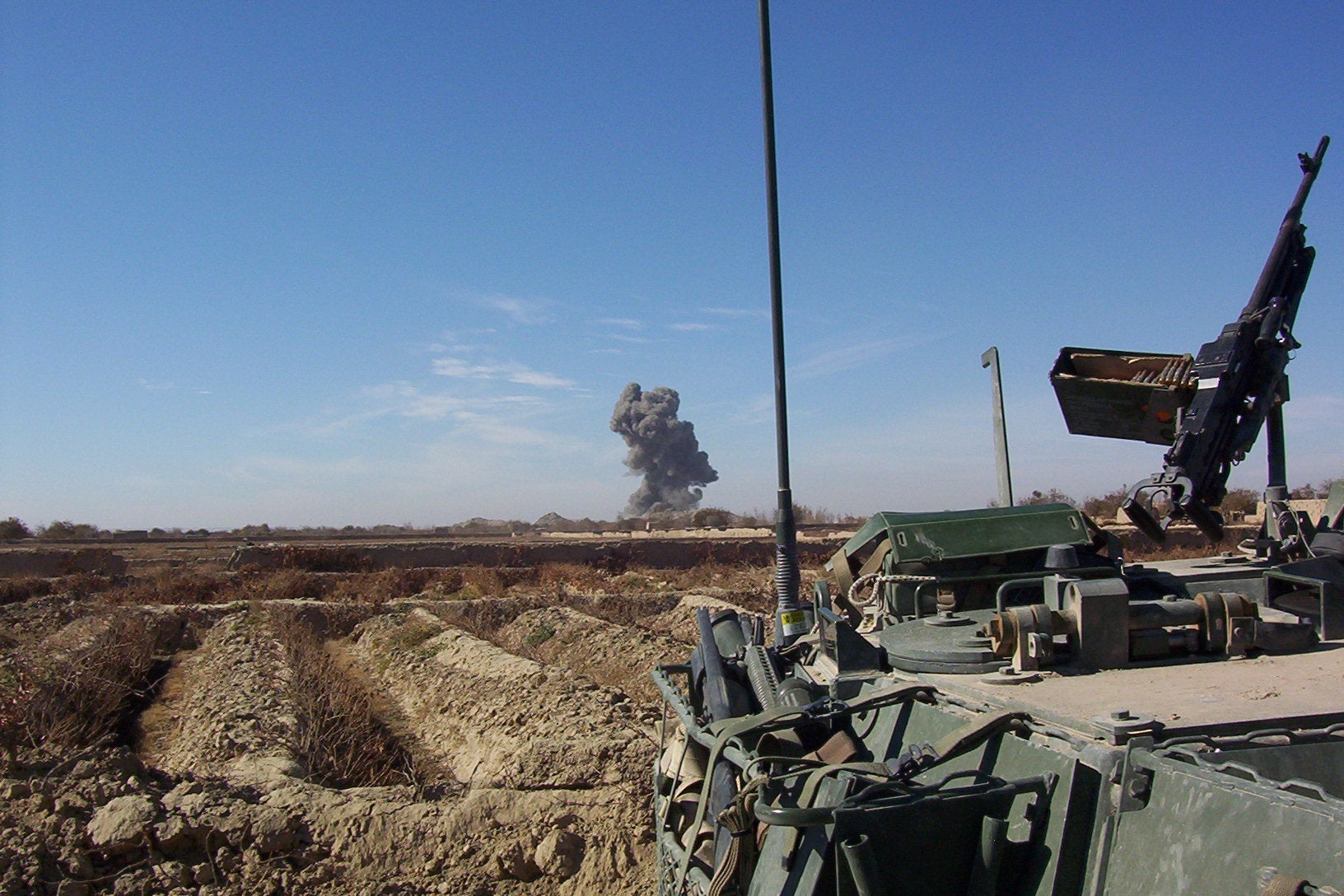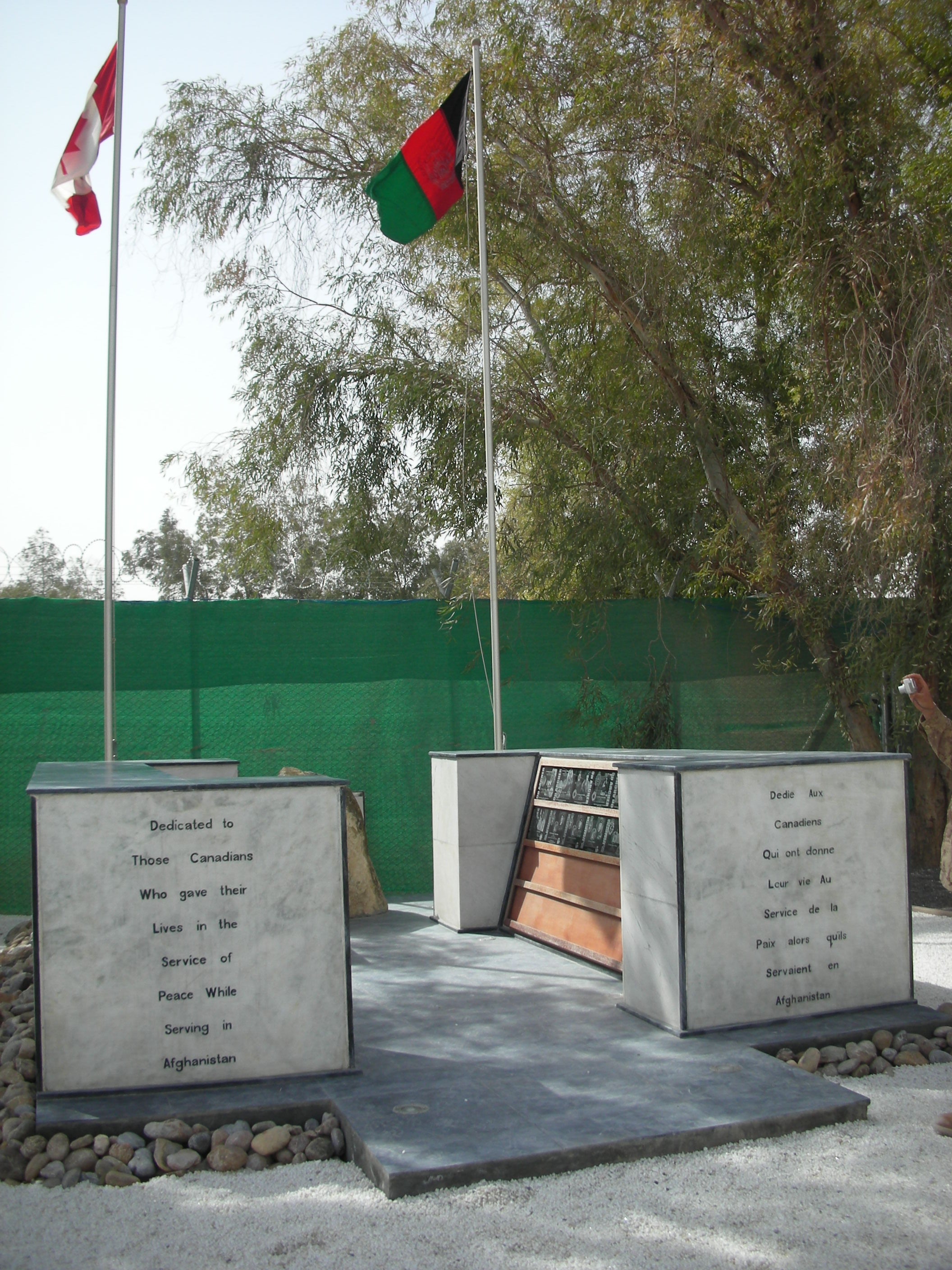
Come back
Ahead of Remembrance Day, Veteran Matt Austin (BA ’10) reflects on the personal cost of war

Ahead of Remembrance Day, Veteran Matt Austin (BA ’10) reflects on the personal cost of war
By Matt Austin (BA '10) Alumnus
Matt Austin (BA '10)
November 11 is fast approaching: the time every year when Canadians stop on the eleventh hour of the eleventh day of the eleventh month and, for a moment, reflect on wars and conflicts of the past and those continuing on today. For some, it’s a reflection on their family members who served, those who survived and those who did not. For others, it’s less personal, perhaps a reflection on the many Canadians and people around the world who fought and died in the pursuit of peace.

Canadian soldiers in Kandahar in 2006 saw some of the worst fighting since the Korean War.
Every year, around 15 Canadian soldiers or veterans die by their own hand. For the duration of the time the Canadian Forces operated in Afghanistan from 2001 to 2014, 158 soldiers were killed overseas.
Since 2010, over 155 have died by suicide.
Many veterans carry with them a few sets of stories. There’s a set of stories that they will tell their children or kids at a school. There’s a set they may share with their spouse or sibling. There’s another that they share in the company of close friends or fellow veterans and then a set that they don’t share at all. It’s this set of stories that sees the soldier or veteran depart the present, staring through their surroundings as they relive the sights, smells, sounds and feelings.
Once on a memorable occasion, far from home in a mess hall on base, I was having dinner with a friend. Something was said and I too returned to my time in Afghanistan. Staring deep into the table, it took my friend noticing to say while smiling, “Hey, come back to me, Matt.” We would go for long jogs around the base after hours and talk —he would speak about his traumatic moments working in corrections, I would share my memories of my tours in Afghanistan. Those jogs would come to help me significantly on my journey after my time in the Canadian Forces.

A memorial dedicated to Canadian soldiers in Kandahar Airfield.
As Remembrance Day approaches this year, let’s focus on what can’t be seen —the hidden stories held by veterans that they live with every day of the year. For veterans, every day is Remembrance Day. This year, when you message or call your friend or talk to a vet, ask if they’re doing okay. Though the wars are over, many veterans, despite being home, are still off in their minds, fighting in faraway lands. We need to do our part to bring them home. Canada needs them to come back to us.
Matt Austin served on TF 3-06 and 3-08 in Kandahar Afghanistan as a combat engineer. He currently is vice-president of Canada for Horizon 3 Ventures, which focuses on helping automation-centric startups in Waterloo region and the rest of Canada, offering office hours to striving entrepreneurs. His family office, Brigade, has helped over 60 soldiers and veterans by employing them in different projects across Canada and has been featured on CBC and CBC: The Current.

Read more
From optometry and pharmacy to public health and therapeutics, Waterloo alumni are powering Canada’s health care sector

Read more
Here are the people and events behind some of this year’s most compelling Waterloo stories

Read more
A closer look at the University of Waterloo’s beloved network of pedestrian tunnels and bridges
The University of Waterloo acknowledges that much of our work takes place on the traditional territory of the Neutral, Anishinaabeg, and Haudenosaunee peoples. Our main campus is situated on the Haldimand Tract, the land granted to the Six Nations that includes six miles on each side of the Grand River. Our active work toward reconciliation takes place across our campuses through research, learning, teaching, and community building, and is co-ordinated within the Office of Indigenous Relations.